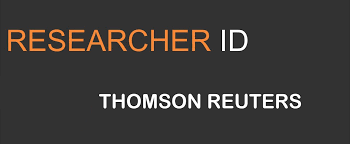The Effect of Income, Wealth, HDI, and Unemployment on India's GDP
DOI:
https://doi.org/10.7492/aa2p1a82Abstract
The problem statement of this study delved into income and wealth inequality in India. Statistics revealed a stark contrast: the top 10% of Indian population held 65% of the Country’s wealth; while the bottom 50% possessed a meagre 6.4%. Of the 7.28 crore individuals that filed income tax in AY2024-25, the top 1% earned over 50 lakhs per annum, the middle 40% earned an average income of 1.65 lakhs per annum, whereas the bottom 50% struggled with an average income of Rs.71,163 per annum. The research methodology used in the present studyto address the socio-economic inequalities involved the analysis of primary and secondary data. Data collection for the primary data was through questionnaire and analysis was done using Atlas.Ti software for qualitative coding to capture the respondents’ perspectivesalong with chi-square statistical analysis. The results of chi-square analysis showed that that is no significant association between the respondent’s level of education and their decision-making regarding household finances nor between the educational qualifications and the sources of seeking financial information. However, significant association (p-value<0.05)was observed between the level of education and the income of the respondents.The study also employed a multivariate regression analysis for secondary data to examine the relationship between socio-economic variablessuch as HDI, GDP, unemployment, and inflation. It was observed that improvement in HDI contributed to increase in the Country’s GDP, while a negative correlation was found between unemployment and the GDP.No significant relationship was observed between the inflation and GDP, as the p-value was greater than 0.05. Further the study also revealed that illiteracy could cost a developed nation 2% of its GDP, an emerging economy 1.2% of GDP and 0.5% of GDP for a developing country. In India, the cost of illiteracy was reported at $54million.Thus, it was concluded that education was a crucial element in curbing income and wealth disparity in India.





